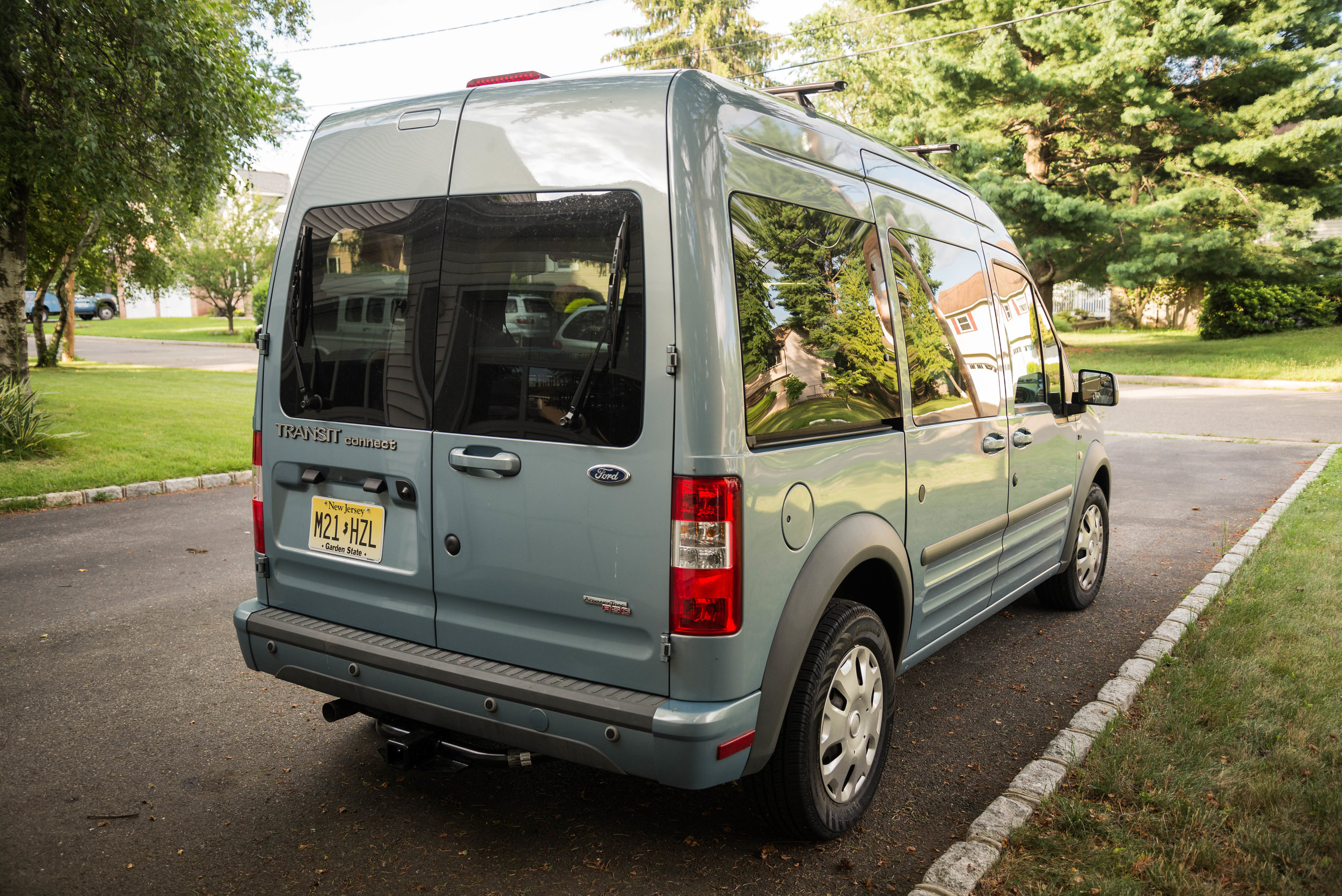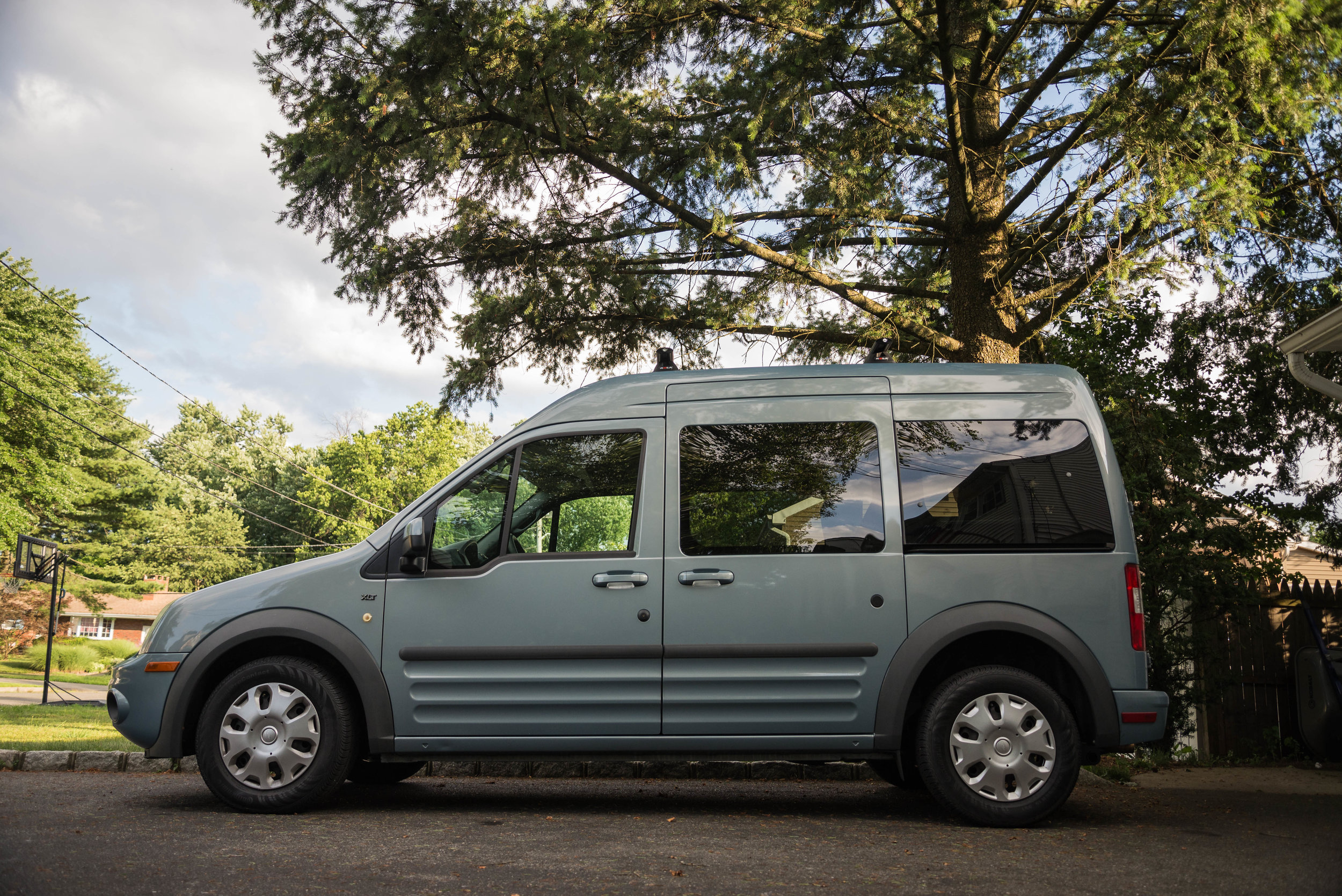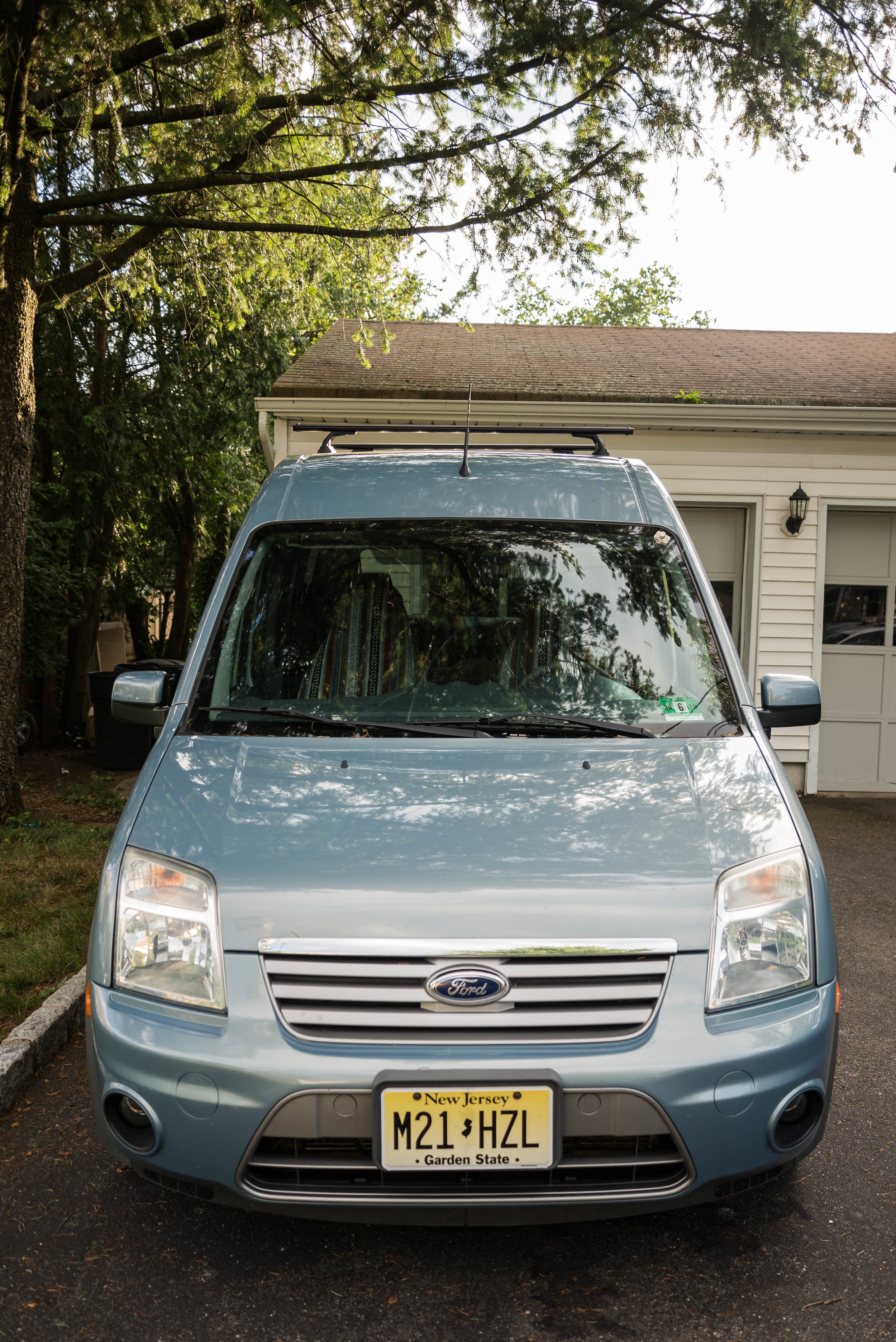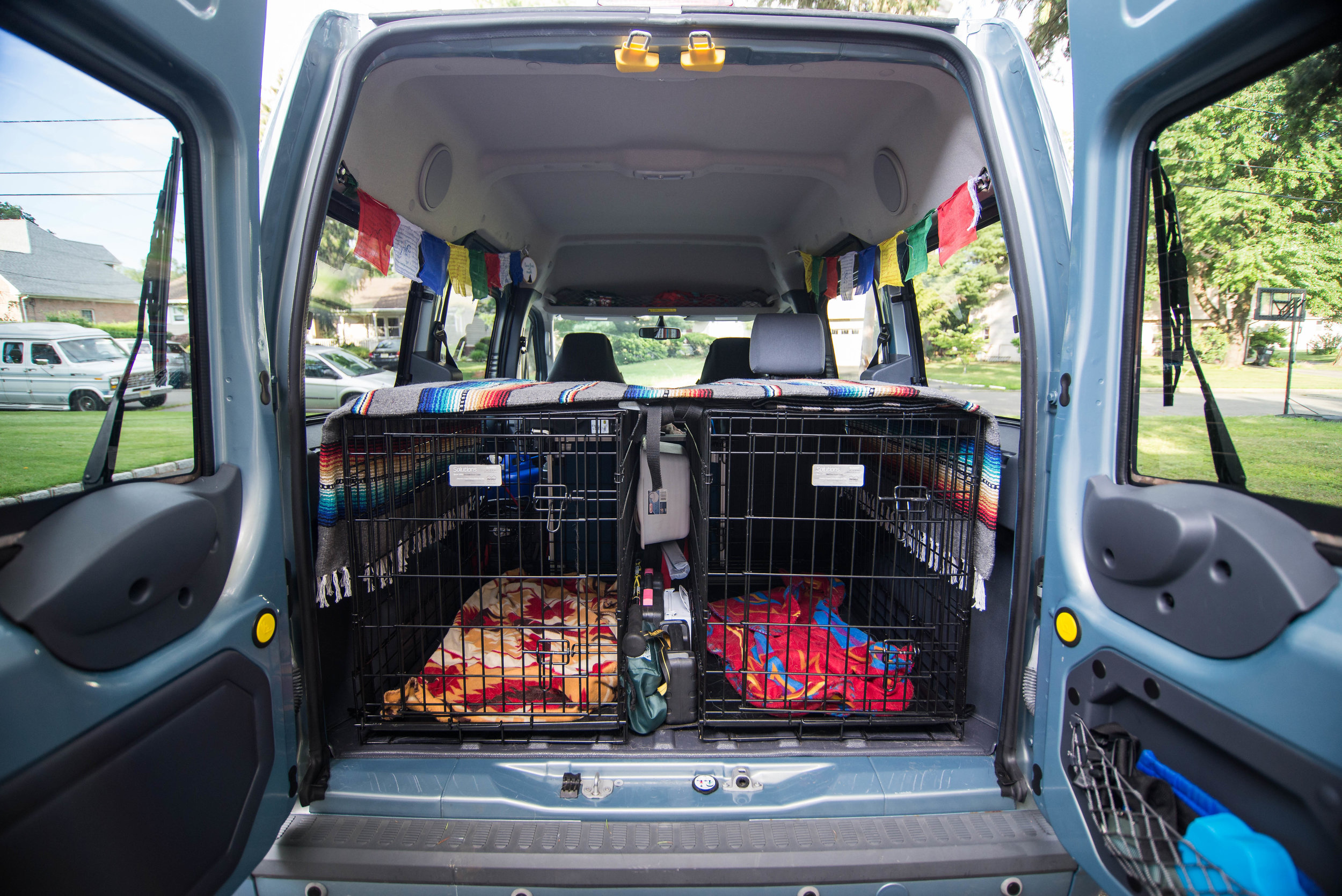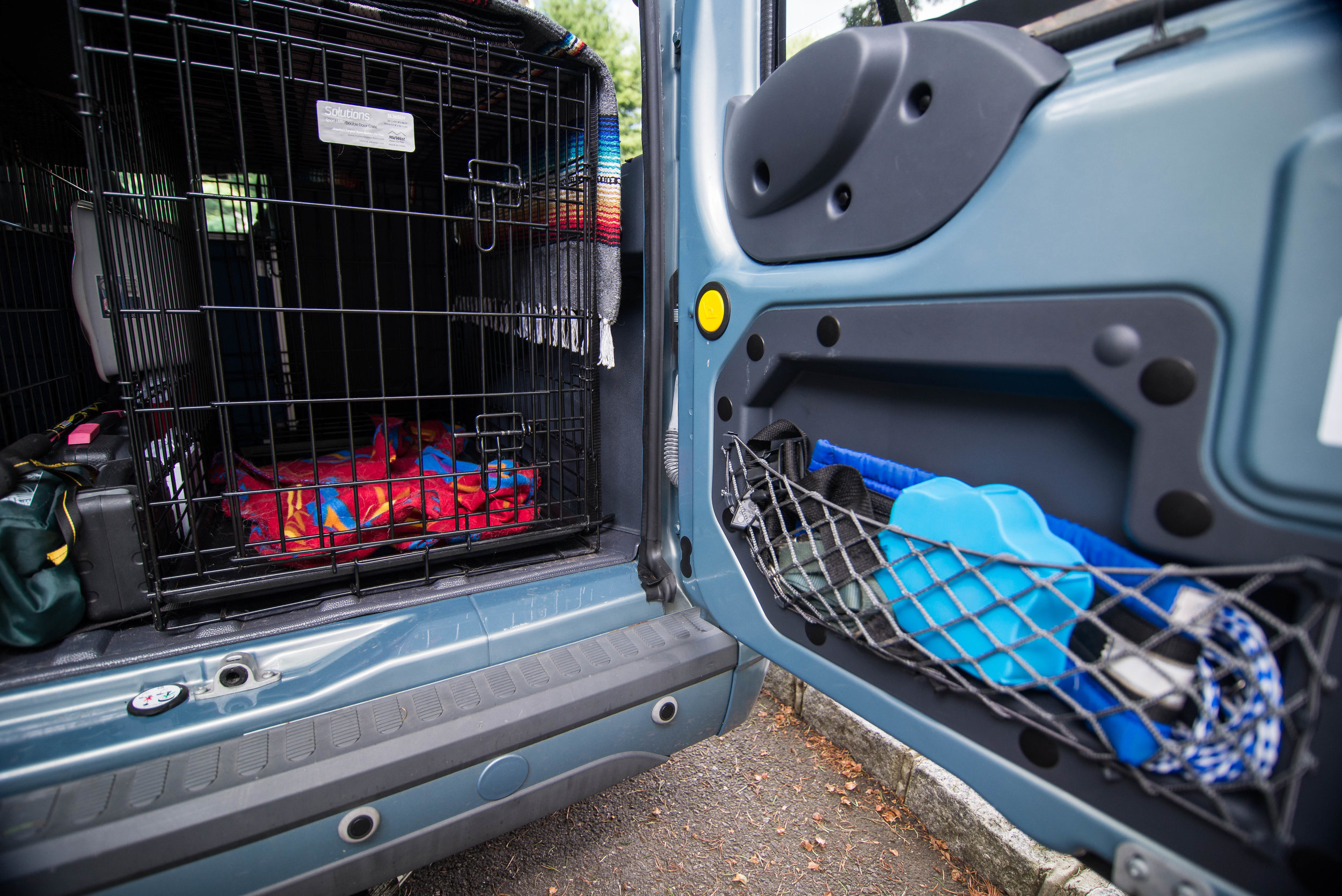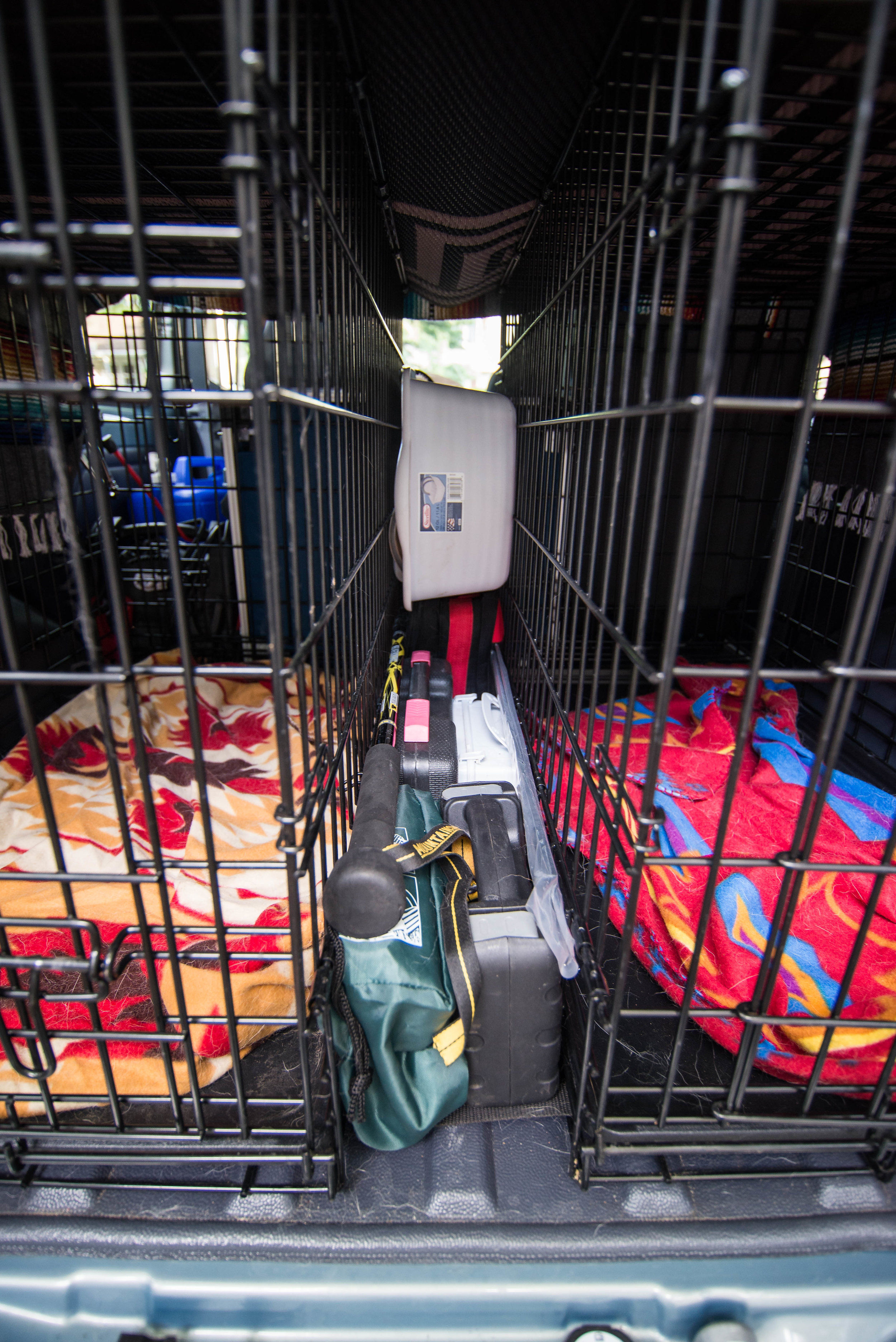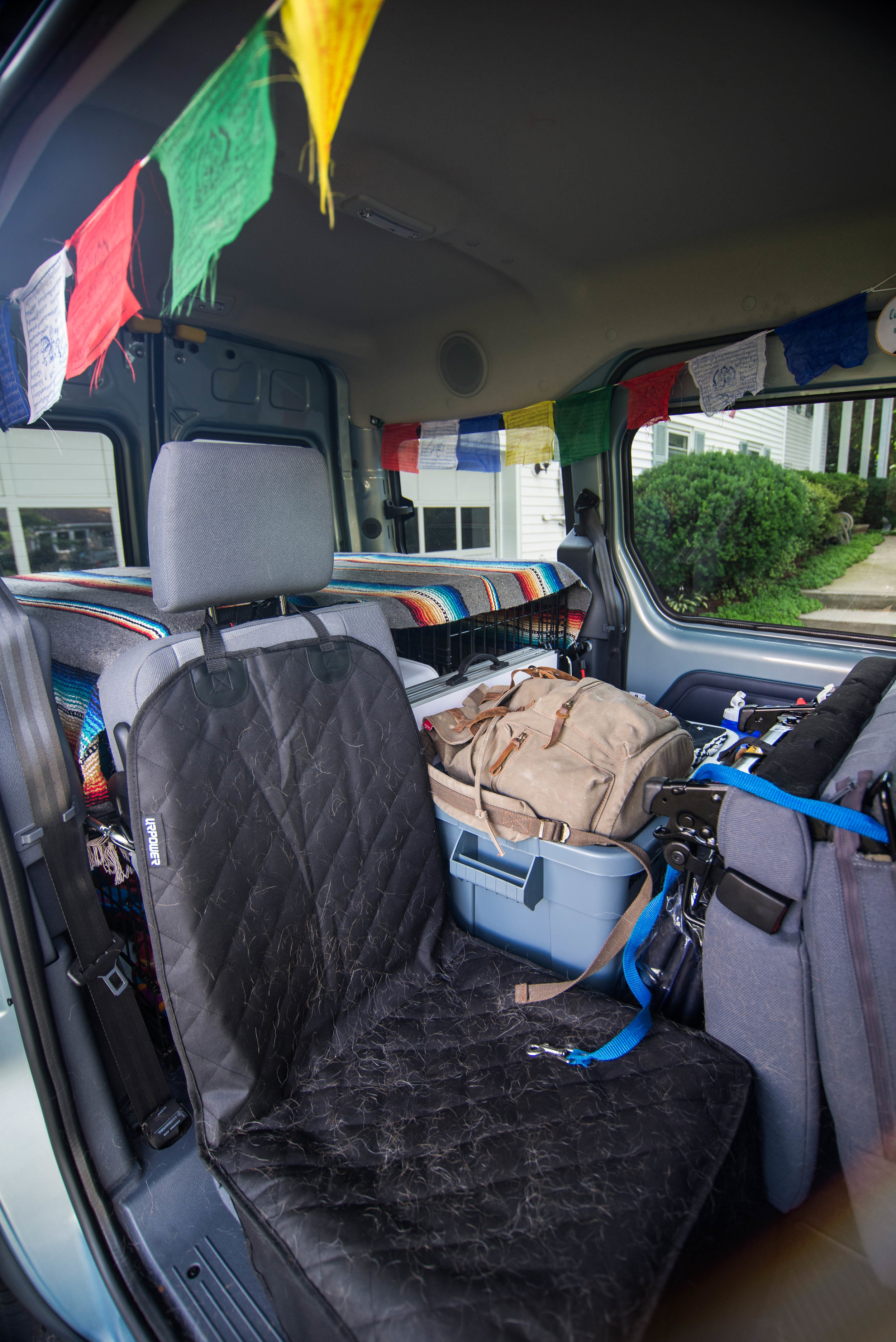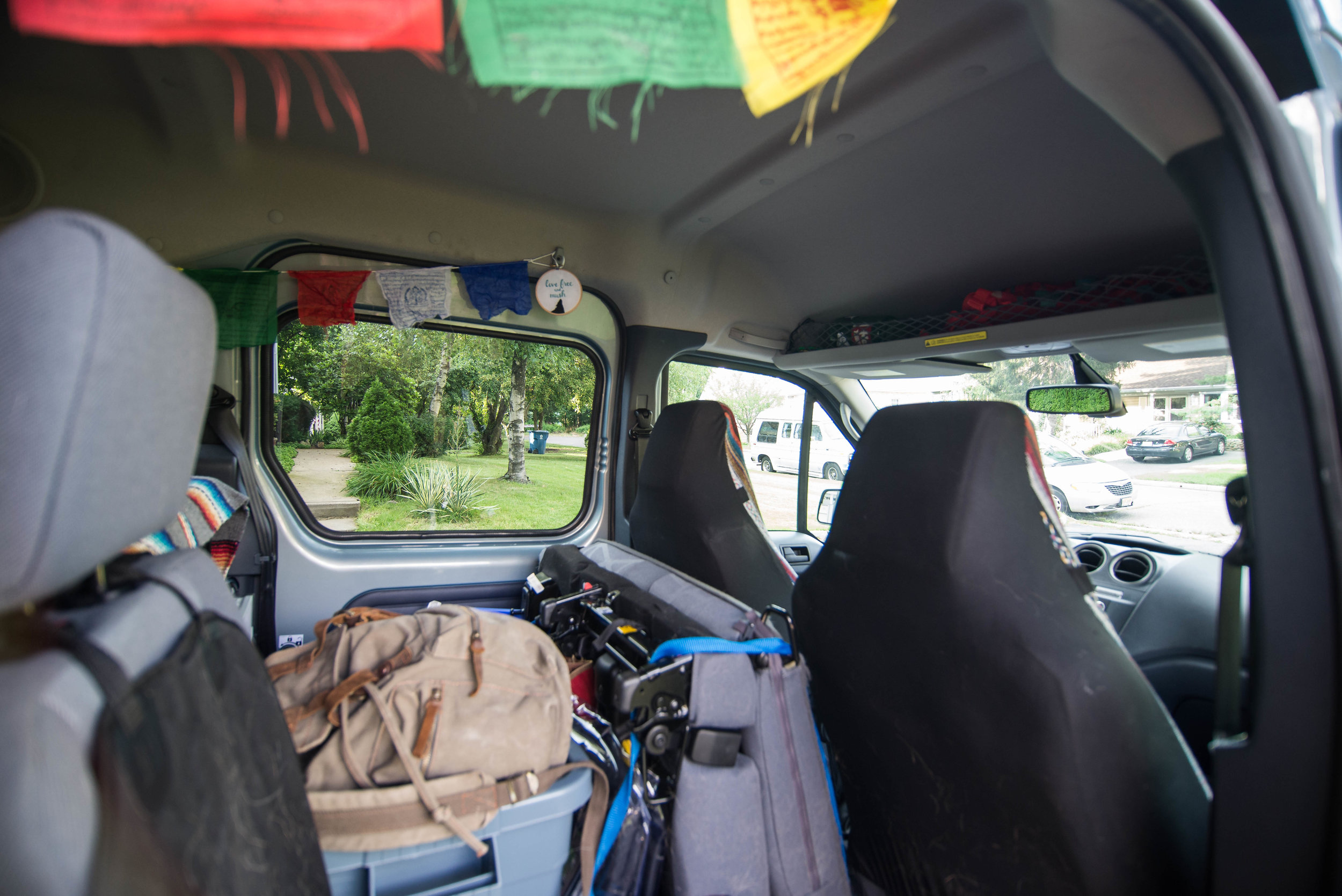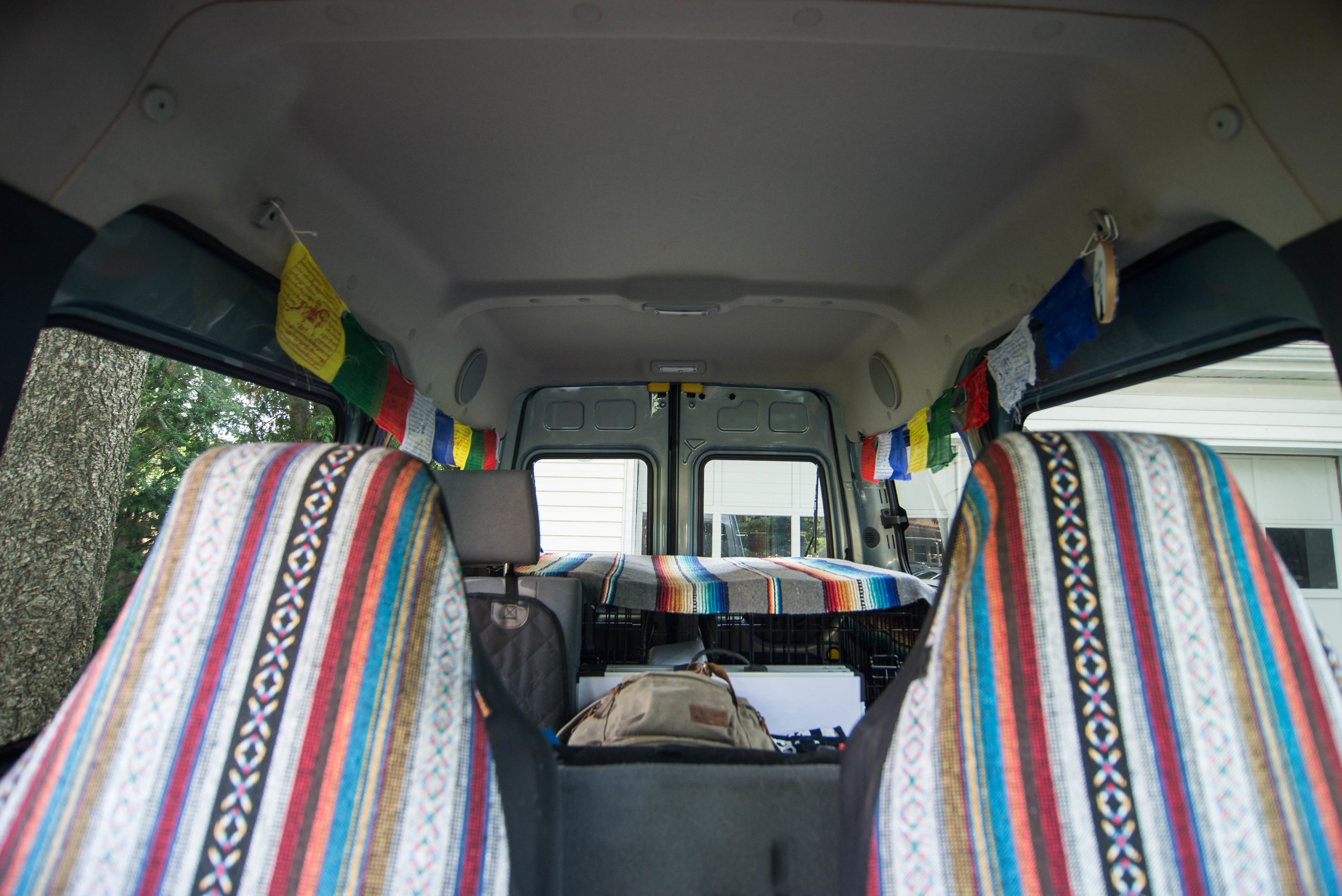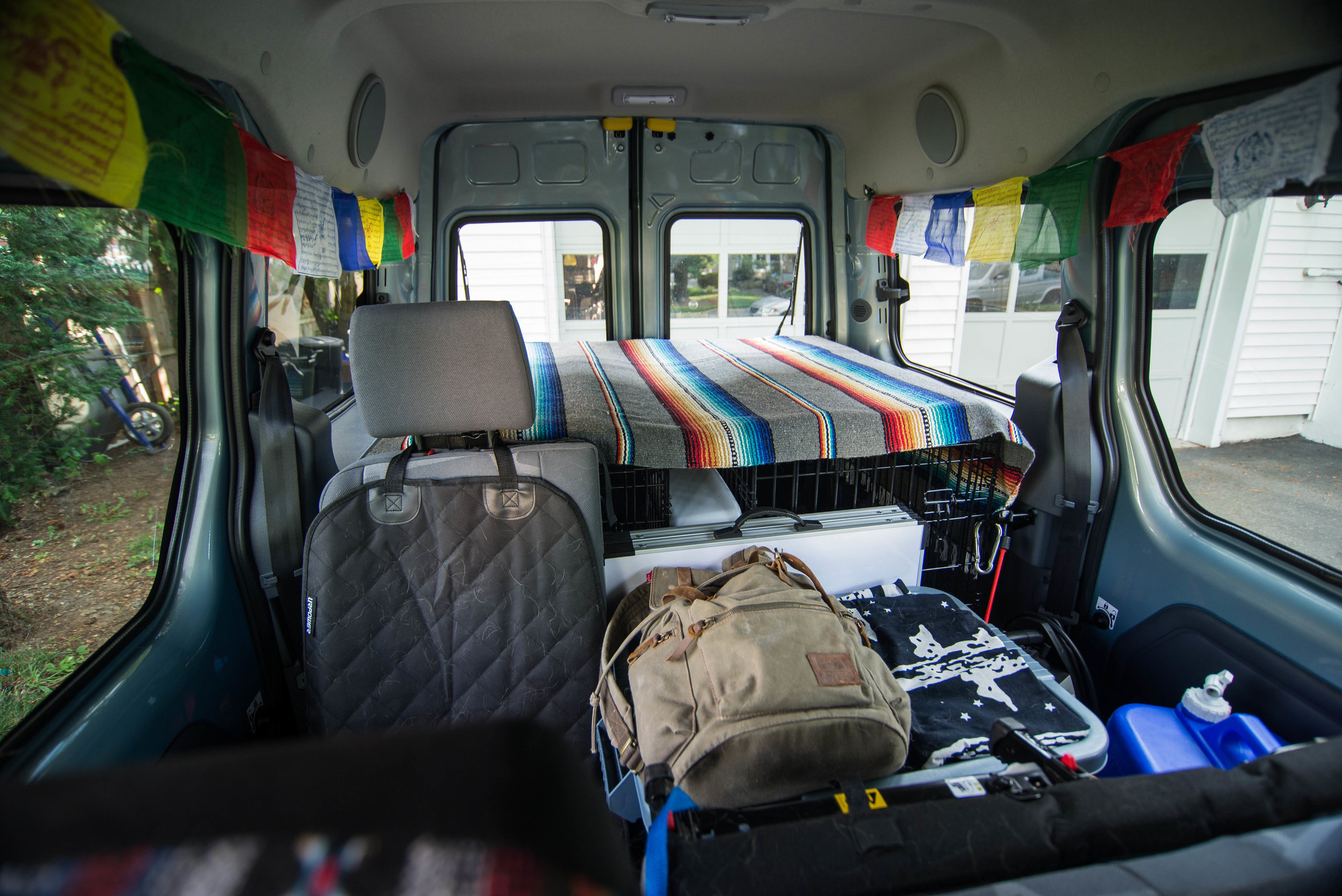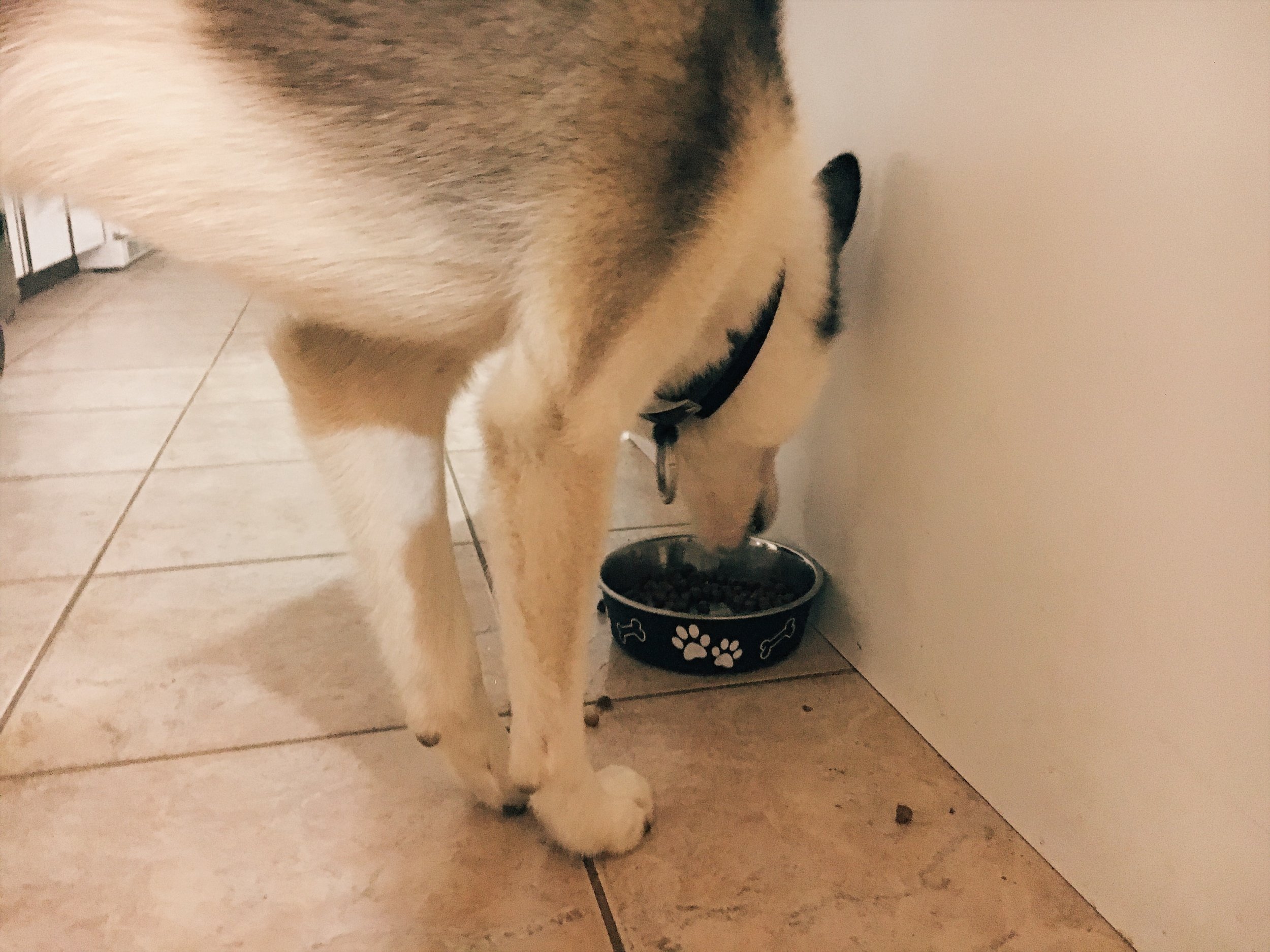The holidays always conjure up feelings of nostalgia. It's my final week in New Jersey. Between spending time with family and friends, I’ve been reflecting a lot about the last decade and how dogs have changed things. As we're about to embark on a new chapter (lol dog joke), it feels like the appropriate time to reintroduce the dogs.
Let’s start with oldest; Dexter.
Dexter is the only non-husky in the bunch. He sticks out like a sore, smelly thumb. He isn’t a bad dog, but I learned a lot about what I don’t want in a dog through owning him. I’m still not sure what he is (if someone wants to spring for a DNA test, lemme know), but I’m guessing there’s some lab or hound in there. Whatever he is, he loves eating, pissing, and being obsessively close to me.
I adopted Dexter with my college boyfriend. I knew, even then (2008), that I wanted a husky. Not a single husky rescue would even consider us and, in hindsight, I don’t blame them. On paper, we were a terrible fit for a high energy breed. We were in our early 20s, renting an apartment with barely any yard (no fence), taking classes all day, barely employed, and lacking northern breed experience. (This lead me to volunteer for Tails of the Tundra and Howling Woods Farms, but that’s a different story.) They had no way of knowing I’m a batshit dog lady.
We eventually found puppy Dexter (then “Cody”) on Petfinder and decided to apply. He was listed as an Australian Cattle Dog, which he almost certainly is not, but some of his siblings did bear the black and white freckled coat. I suspect his mom was a hussy, carrying pups from two separate dads.
His foster family agreed to let us meet him, and after talking to me, they realized I could handle the responsibility. A few days later, Dexter ate a bee and was stung in the face. Later that day, we brought him home.
Dexter was an only-dog for three solid years, but we spent many evenings at the dog park near our campus. We learned his favorite breed of dog was the pug and that he preferred peeing on things (and people) more than running around. But he ran around, too.
I started training Dexter to mush in 2010. I bought a bikejoring attachment (the kind that let him run alongside the bike at first) and an x-back harness. He learned commands on our hikes. By the time Denali entered the picture, he was able to help train her. We made a sweet little bikejoring trio.
Dexter had a few good years of mushing, to the best of his ability. He was fast and strong, but only when he wanted to be. He wasn't great in races, since he had to say hello to every dog we (tried to) pass.
Shortly after Denali, Knox joined the team and we expanded to using a dryland cart and wooden dog sled. A few years later, I brought Willow aboard. As the huskies matured and became solid sled dogs, it got more and more difficult for Dexter to keep up. He hated to be left behind and still screamed at hookup, so I kept bringing him. But after a few minutes of running, he’d slow us down dramatically. That was OK though—as long as he kept up, I didn’t mind going his pace.
In the Fall of 2016, Dex finally called it quits. He was 8-years-old at this point, which is on the young side for a sled dog to retire, but Dex isn’t really a sled dog. The team had gotten much too fast for him, and instead of trying to keep up, he pumped the brakes.
It was a sad day for me. Running a 4-dog team was such a delight, even if we were going really slow. Willow had just joined the team in early 2016 and the whole pack ran with more confidence when I had them in pairs. I wasn’t sure what to do next. (Obviously, I quickly rectified the situation when I found Blitz, but again, that’s another story.)
One of Dexter's final runs with the team.
For the past year, Dexter has enjoyed the benefits of not having to do much of anything. He’s my only dog with any guardian instincts, so his only “work” has been to guard the van while I’m out on the trail. (He barks menacingly if anyone comes close.) Since Hubble has joined us, he also serves as a decent pup-sitter.
In the summer, Dexter will be 10-years-old. It's a pretty big milestone for us both.


















